Last Meeting
On the 11th of October, 2023, the SUSFORAGE group convened to deliberate the current status of the experiment involving five nations. The agenda included an in-depth exploration of forthcoming courses of action, a comprehensive assessment of the condition of the cultivated lands, and a consideration of potential scholarly publications, among other crucial aspects. This assembly catalyzed an insightful and forward-looking discourse on the future trajectory of the experiment, thereby shaping the direction it will take.
GHG sampling campain
At our research site located in Solsona, an extensive effort was undertaken to conduct greenhouse gas (GHG) sampling. This labor-intensive task spanned a duration of five days, during which a meticulous data collection process was executed using a state-of-the-art photoacoustic instrument.
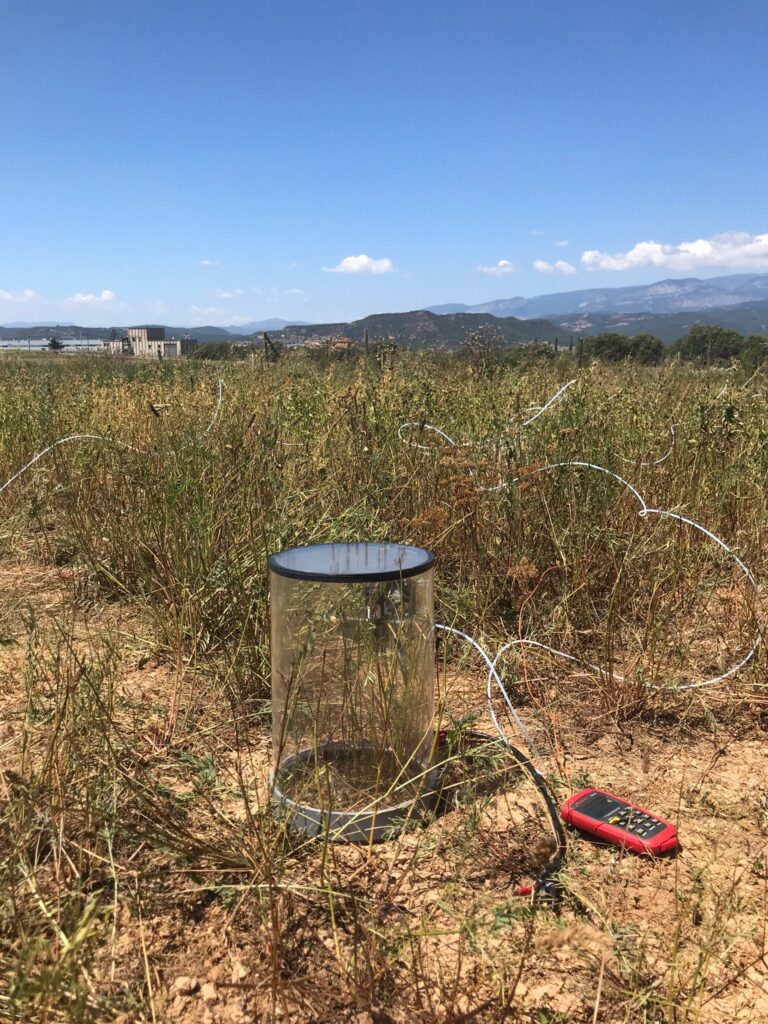
Harvest and lab proces
Subsequently, we proceeded with the harvesting of the field to obtain essential data. This vital step provided us with the information necessary for comparative analysis, differentiating between pre-grazing and post-grazing conditions. It is noteworthy that all participating sites adhered rigorously to the prescribed protocols, ensuring uniformity in our research approach.



Pitfall traps experiment

After the grazing period, the focus shifts to studying insect populations.
To achieve this, we employ a technique known as “pitfall traps” to capture these vital ecological indicators.
Grazing period
It’s time to commence the grazing experiment across all the fields. This meticulous process facilitates the creation of a comprehensive database, which records details about the precise locations where the sheep are actively grazing. This rich dataset provides a wealth of information regarding the behavioral patterns and dietary preferences of the livestock, contributing significantly to our research objectives.
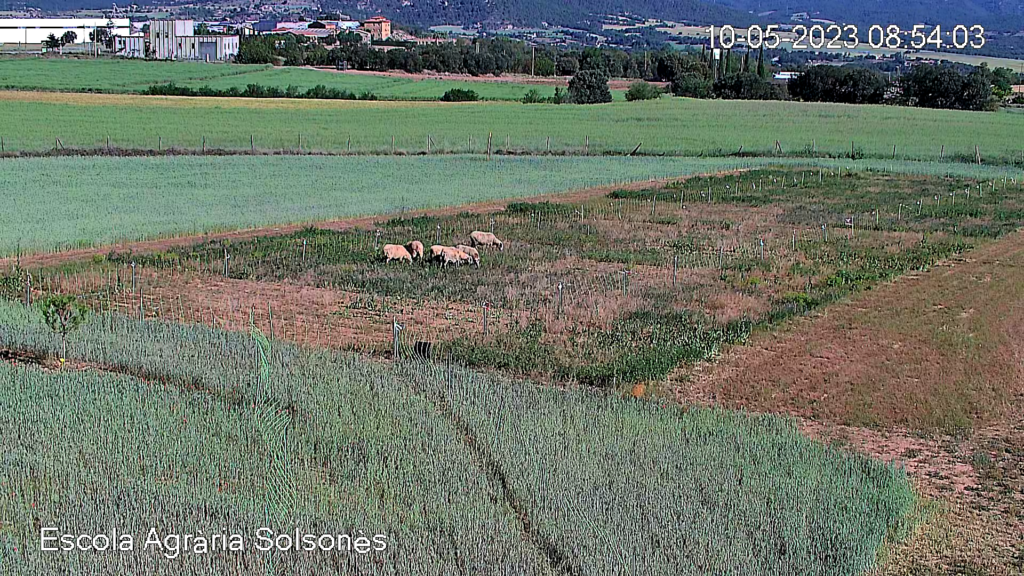
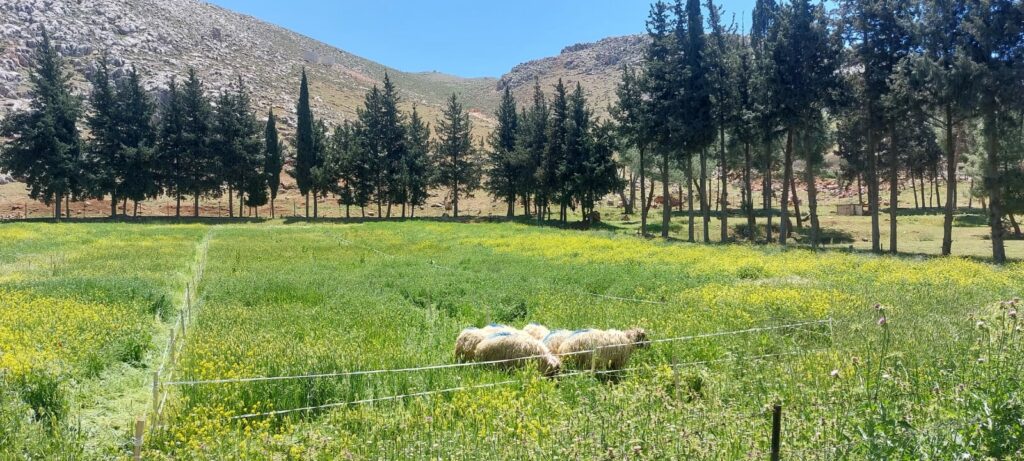
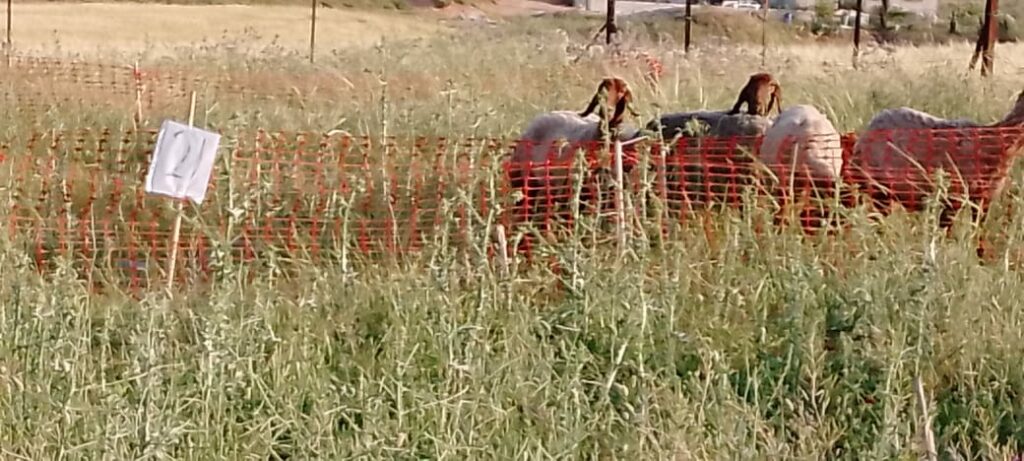
Harvest pre-grazing
We conducted a pre-grazing harvest, which serves as a valuable means to assess and juxtapose the quality of the forage before and after the pasturing of our six sheep. This method affords us an insightful perspective on the transformation in forage quality as a direct result of the sheep’s grazing activities.



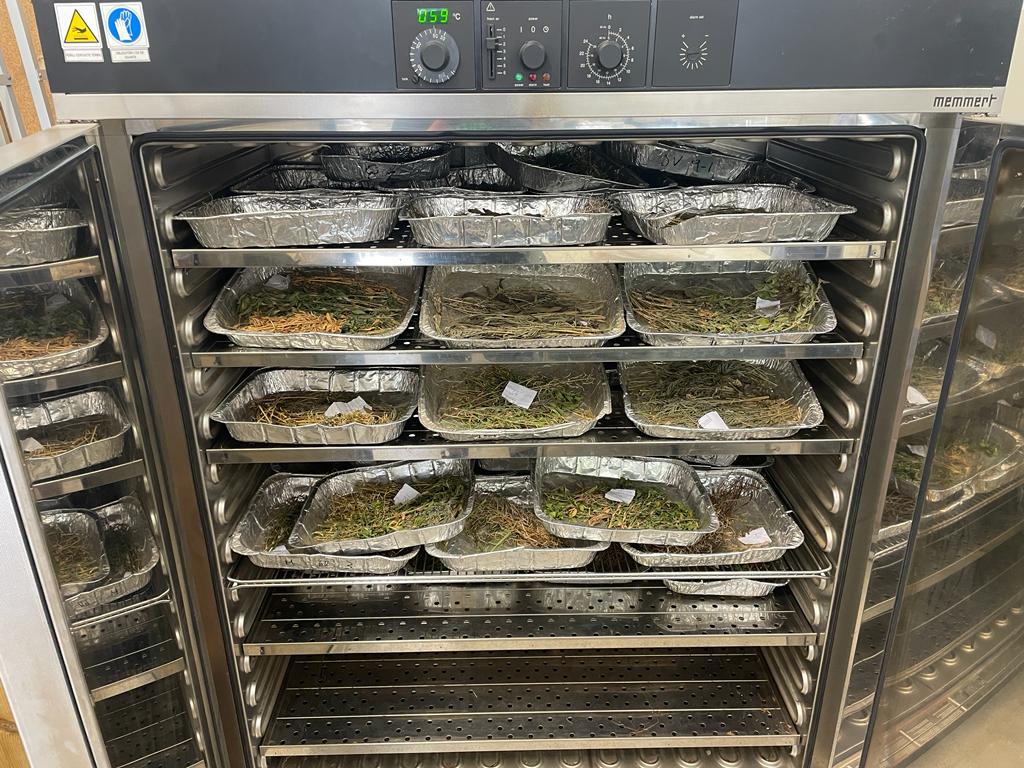
Instalation camera for the grazing

The camera setup for recording the grazing experiment was established at the Solsona site, while each of the other locations also had their dedicated camera systems in place. This strategic arrangement allowed for comprehensive data collection and monitoring across all sites, ensuring a consistent and thorough approach to the experiment.
These images capture our fieldwork in the Solsona SUSFORAGE project, and the scientific rigor of our research. They also showcase the meticulous processes in our laboratory as we turn data into valuable insights, reflecting the essence of our work in the field.



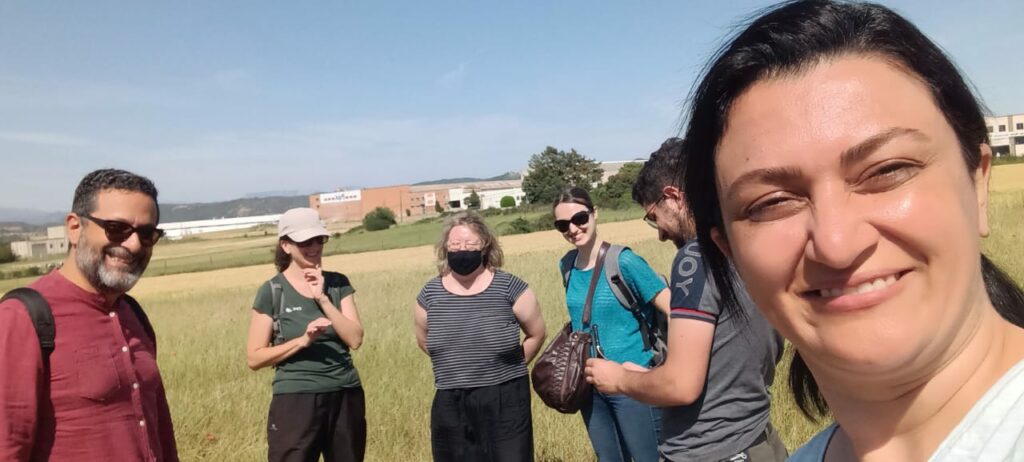

Firts meeting of the SUSFORAGE

This marks the inaugural gathering of the SUSFORAGE project in Solsona
We’ve developed the protocols and shared them with all partners, making them accessible on the Protocols website.
We’ve outlined the study areas, which span across all five countries.

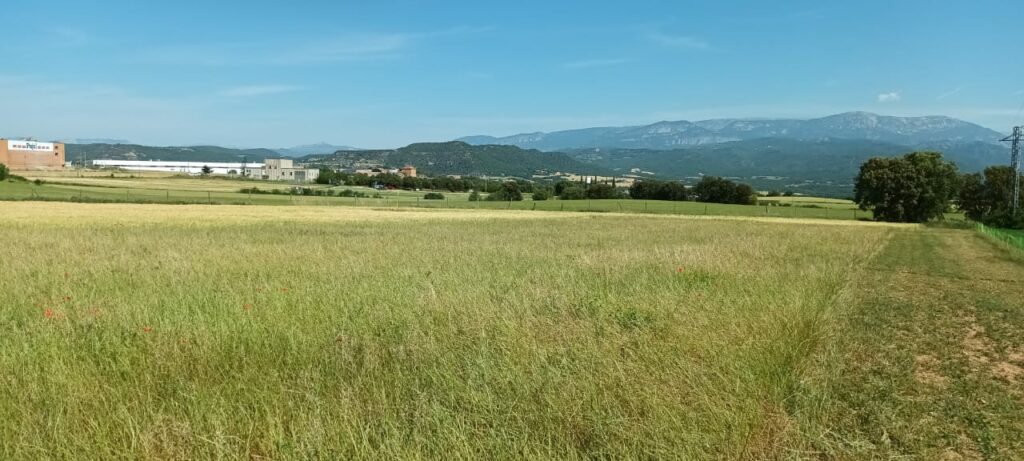
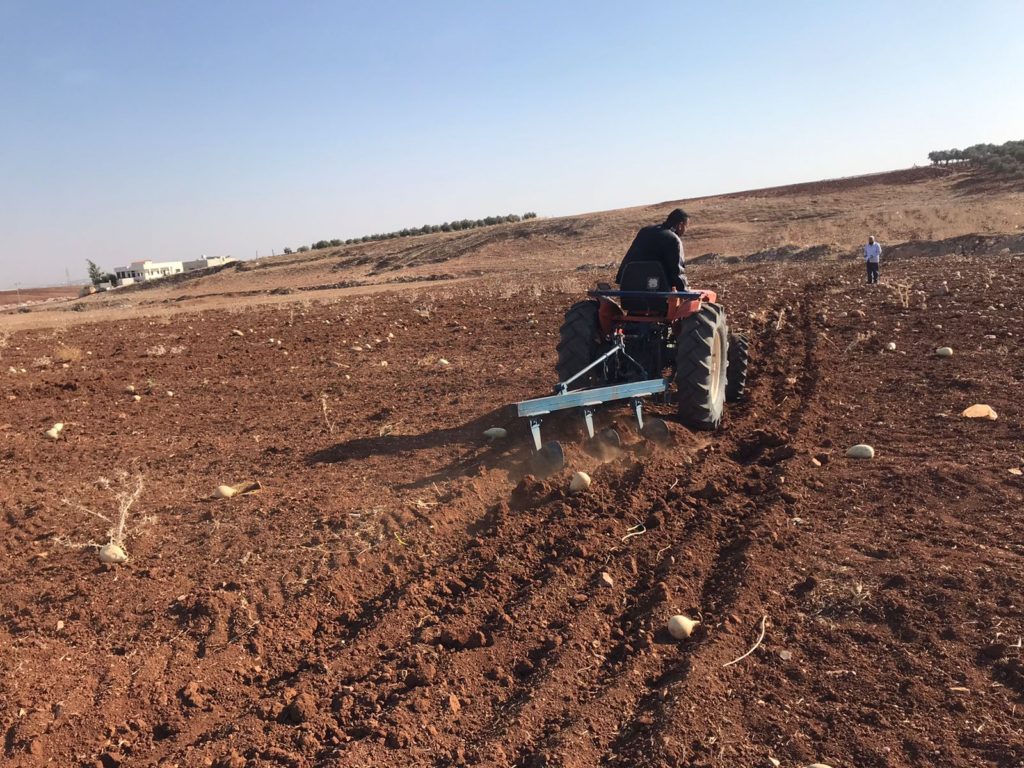
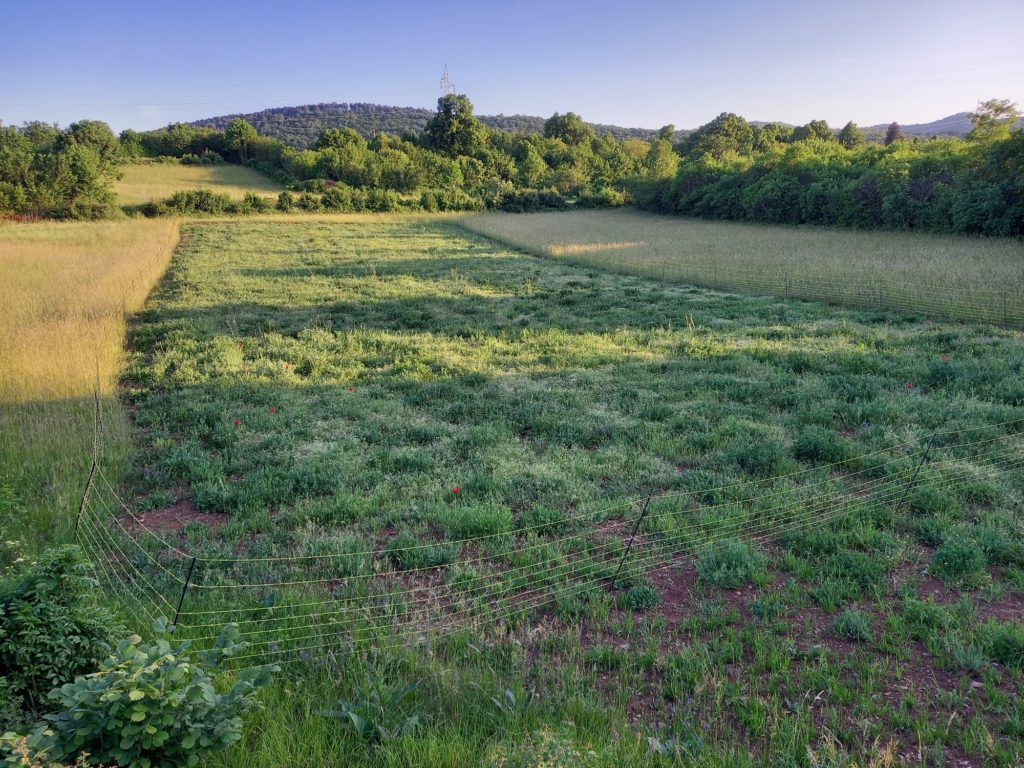

 Skip to content
Skip to content 